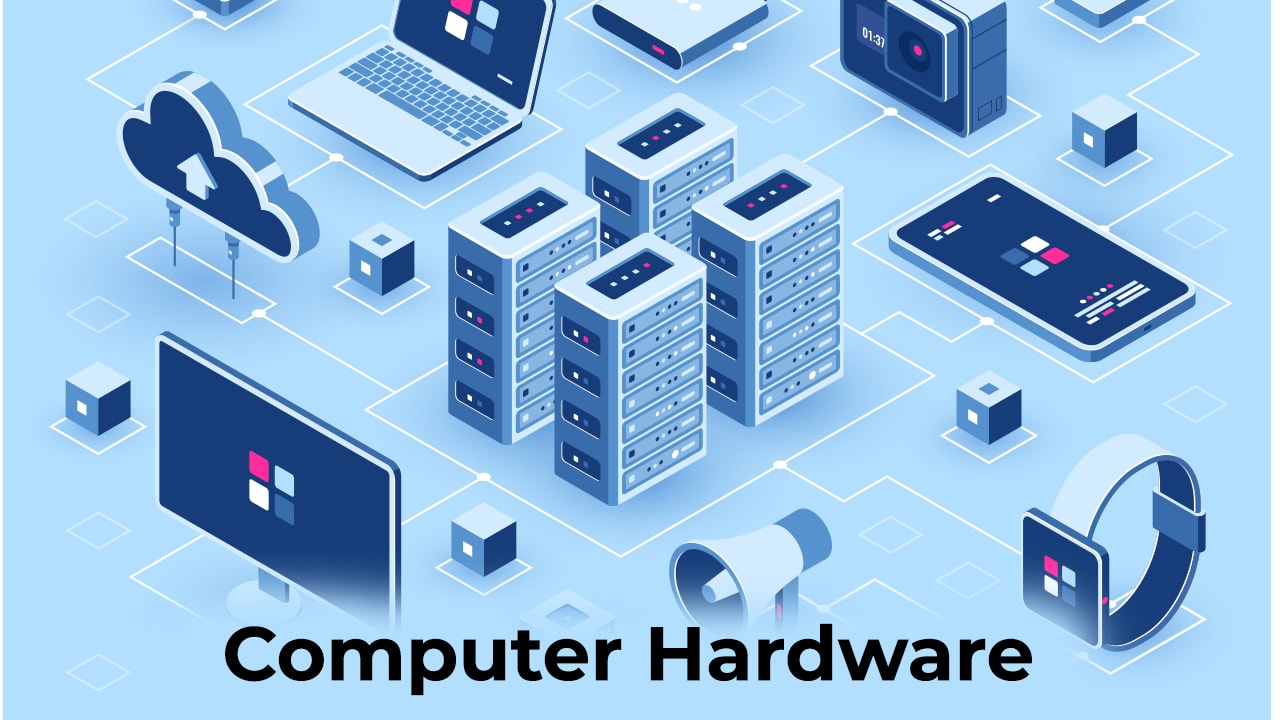
Mining encompasses many disciplines of engineering. Mining, mineral processing and excavation are the most popular. Like many engineering disciplines there are several branches to mining engineering. Mining engineers have a good career outlook, although it all depends on which type of mine you want to work in. This article will briefly cover the fields of Underground, Strip, and Surface mining, as well as the average salary of mining engineers.
Surface mining
Surface mining disturbs and disrupts the overburden and results in high groundwater levels. Because surface mining disturbs and disrupts consolidated overburden, the presence of these chemicals may be transferred into reestablished groundwater aquifer systems. These contaminants could affect the availability and health of groundwater for communities. This is especially problematic in semi-arid regions of the United States.
Hydraulic surface Mining utilizes high pressure water sprays to dissolve unconsolidated ore and channel it via collection facilities. Bulldozers are often used for hydraulic surface mining, facilitating the extraction of compacted ore. Small-scale hydraulic surface mining uses sluice boxes or catches to collect the material. The leach dump is collected and processed in the same manner as conventional open pit operations.

Strip mining
This involves removing the overburden in order expose the ore. With depth, the slope of the waste becomes steeper. This technique can also be used to reduce investment risk in waste disposal. Additionally, strip mining has many advantages including high recovery rates as well as low dilution. Strip mining is also relatively inexpensive to set up and requires little initial investment. Let's discover more about strip mining. There are six major advantages of strip mining.
Strip mining involves removing a thin strip of overburden from the surface of an ore deposit. Some ore rock are visible from the surface while others are hidden deep underground. To maximize productivity, the process calls for large mining equipment. Strip mining uses bucket-wheel excavators. These machines can move approximately 12,000 cubic metres of ore per hour. This method can also be used in mountainous locations where removal of tops may not be possible.
Underground mining
There are many types of underground mining. These operations create wastes and uneconomic materials that disturb the natural environment. The laws and impacts of mining activities on the environment must be considered by mining engineers. Additionally, federal and state governments regulate mining industries. This means that they have to pay particular attention to safety and protecting the environment in their operations. These are the fundamental aspects of underground mining engineering. We'll be discussing them in this article.
A continuous-miner segment involves multiple equipments that mine ore. These machines might need to be operated in different weather conditions, and may require an augmented crew. The use of portable water pumps, rock-duster machines, and auxiliary fans for continuous miners is also possible. Underground mining engineering places emphasis on safety and comfort.

Salary for mining engineers
In 2004, the average salary for mining engineers was $78,502. This is expected to increase to $103,962 in 2020. The job requirements, education, experience, and region of work will affect the amount of salary a mining engineering engineer can earn. Below are the main factors that affect a mining engineer’s salary. Below is the average salary for mining engineers. This occupation requires a bachelor's level degree.
Petroleum, coke products, and oil extraction are the top-paying mining engineering industries. These mining engineers make an average of $86,000 annually, while those working in non-metallic mining earn about $73,540 per. The average salary for mining engineers working in government organisations is $86,000, but federal employees make slightly more than their state counterparts. While many mining engineers earn a high salary, their salaries are not the most lucrative.
FAQ
What does an electrical engineer do?
They develop power systems for people.
They are responsible for the design, construction, testing, installation, maintenance, and repair of all types electric equipment used in industry, government, and commercial customers.
They also plan and direct the installation of these systems, including planning and coordinating the activities of other trades such as architects, contractors, plumbers, etc.
Electrical engineers design and build electronic devices, circuits, components, and other equipment that convert electricity into useful forms.
What Does an Aerospace Engineer Do?
Aerospace engineer uses their knowledge of aeronautics, propulsion, robotics, and flight dynamics to design aircraft, spacecraft, satellites, rockets, and missiles.
An aerospace engineer might be involved with designing new aircraft types or developing new fuel sources.
What Is the Hardest Engineering Major?
The hardest engineering major is computer science because you have to learn everything from scratch. You must also know how to think creatively.
Programming languages include C++ and Java, Python, JavaScripts, PHP, HTML, CSS and SQL.
Also, you will need to understand the workings of computers. Understanding hardware, software architecture, running systems, networking, databases and algorithms is essential.
Computer Science is an excellent option for engineers who want to study.
What do civil engineers do?
Civil engineering refers to the design and construction structures such as roads and bridges, buildings and dams. It covers all aspects of structural engineering, including building materials, foundations, geotechnics, hydraulics, soils, environmental impact assessment, safety analysis, and traffic management. Civil engineers make sure that the project achieves its goals while remaining cost-effective and sustainable. They ensure the structure is safe, durable, and long-lasting.
They also assist in planning and implementing public work programs. They may oversee, for example, the design and construction of roads, bridges or tunnels.
Which engineering discipline is the most difficult?
The most challenging engineering challenge is to design a system which is both robust enough to handle all failure modes and flexible enough that future changes can be made.
This involves a lot testing and iteration. This requires an understanding of the system's behavior when things go wrong. This is where you have to make sure that you are not just solving one problem but rather designing a solution that solves many problems simultaneously.
What is the average time it takes to become an engineer?
There are many ways to get into engineering. Some people study immediately after high school graduation, while others go to college to further their education.
Some students will join a degree program straight from high school, whilst others will join a two-year foundation degree program.
They may then continue to a three-year or four-year honors programme. Alternatively, they could opt to do a master's degree instead.
Consider what you plan to do with your life after graduation when deciding which route you will take. Are you going to be a teacher or a worker in the industry?
The time required to complete each stage depends on the university where you study and whether it is a full-time program or a part-time one.
It is important to note that there is not always a direct relationship between how long it took to complete a particular qualification, and how much experience you have once you graduate. Even if your college experience is only for one year, it doesn’t mean that you’ll be able to apply the same skills in the workplace as engineers.
How difficult is engineering to study?
It all depends on what you mean when you say "hard". If you mean tough, then yes. If you mean boring, then no. Engineering is not difficult, but it does require a lot maths and physics.
If you're looking to learn how something works, do it! You don't have to be an engineer to become an engineer.
Engineering is fun as long as you are doing something that interests you.
It could be said that engineering is simple if you know all the details. However, it isn't true.
The reason why people think engineers are boring is that they haven't tried anything else yet.
They're just sticking to the same old thing, day after day.
There are many ways to solve problems. Each way has its strengths and weaknesses. They all have their advantages and disadvantages, so try them all and decide which one you like best.
Statistics
- Typically required education: Bachelor's degree in aeronautical engineering Job growth outlook through 2030: 8% Aerospace engineers specialize in designing spacecraft, aircraft, satellites, and missiles. (snhu.edu)
- 14% of Industrial engineers design systems that combine workers, machines, and more to create a product or service to eliminate wastefulness in production processes, according to BLS efficiently. (snhu.edu)
External Links
How To
How to read engineering drawings
Engineering drawings can be used to describe an object visually. You can find many elements within them, such as dimensions, symbols or text. Engineering drawings have been around since ancient times. The first known drawing was made in Egypt during 3000 BC. Engineers use them to design objects like bridges, buildings, machines, etc.
Engineers use engineering drawings to describe what something looks and feels like. It helps others understand what you're talking about. Engineers use numbers and symbols to represent measurements. This makes it easier for people who don't know anything about engineering.
There are two main types: 2D or 3D.
2D drawings represent flat representations of three-dimensional objects. These include plans, sections, elevation views, and axonometric projections.
3D drawings represent real-life objects with multiple angles. They are typically created using computer software. SketchUp, for example, allows you to view a bridge from the sky. Then, select "View" then choose "Top view." Next, rotate your view so that you can see everything from the top.
2D drawings should be viewed in the entirety. Don't just focus on one part. Make sure to notice important parts in the upper right corner.